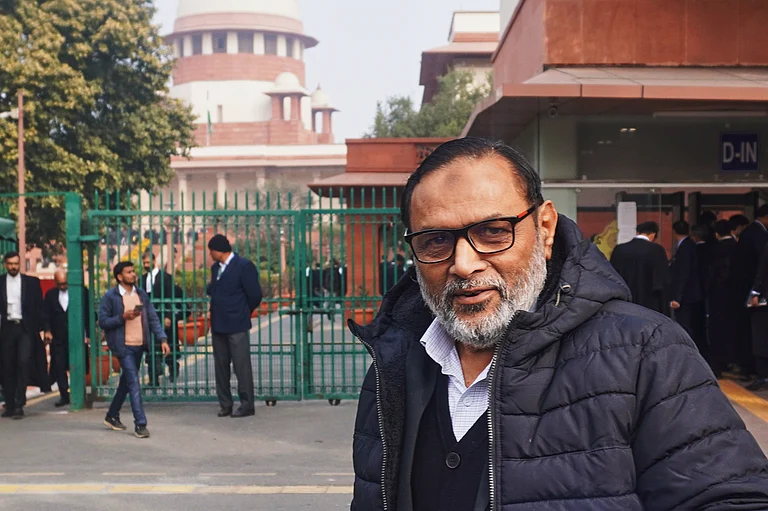The recent decision of the Centre on lateral entry has injected raw energy into a stale debate about generalists versus specialists in the bureaucracy. With both the ‘pro’ and the ‘anti’ campaigners digging in their heels, the high-decibel fractured debate has generated more noise than signal. Naysayers see this move to induct ‘outsiders’ into joint secretary (JS) posts, the government’s very spine, as the fall of the last frontier. Besides seeing it as lack of trust in their talent and ability to perform, they point to the inherent conflict of interest and the fear that profit-hungry, sharp-elbowed, corporate lickspittle will hijack the administration. They say running the government is serious business and requires more than idiot savants, while the Left sees a grand conspiracy to saffronise the bureaucracy through the backdoor.
To those on the other side, the hulking bureaucracy stuck in 19th-century thinking, is at the heart of governance dysfunction and choking India’s growth. In popular imagination, the bureaucracy is inefficient, antediluvian and mired in a maze of rules created to confound, while all iconic transformative stories—the white and green revolutions, the space programme and Aadhaar—are of specialists achieving results despite the bureaucracy. No wonder this is seen as a comeuppance moment.
Ironically, both views are small-‘t’ truths. Lateral induction is no terra incognita for the government—Manmohan Singh, Vijay Kelkar, Bimal Jalan and Montek Singh Ahluwalia are eminent examples. There have been precedents even at the secretary level too on a contractual basis—for instance, D.V. Kapoor, R.V. Shahi and, more recently, Parameswaran Iyer. En masse induction at the JS level is, however, a first.
The JS post is of 1920s vintage, with a glorious past. In 1937, the Central Secretariat had only seven of them, all ICS. By 1946, the number had increased to 25. As per the Seventh Pay Commission, there are 341 JSs today, of whom nearly three-quarters (249) are IAS officers, so this narrative of lateral entry as the beginning of the end of the IAS is far from truth as it will affect the other services too.
The Indian bureaucracy has many fine officers who deliver under tremendous constraints, but many sandbag their performance for fear of the three dreaded Cs—CAG (Comptroller and Auditor General), CBI (Central Bureau of Investigation) and CVC (Central Vigilance Commissioner). Lack of incentives to perform and calendar-based promotions have not helped either. Structural and procedural changes are sine qua non for improving the government’s performance; mere tinkering will not do. We need private-sector culture more than private-sector honchos. Result orientation, speed, efficiency and a performance-based rewards system is the need of the hour.
So this is a good beginning, but just that. There is a need for large-scale reforms and serious work under the hood. Changing the driver is a mere palliative, for even a Michael Schumacher cannot drive an Ambassador to a pole position. The bureaucracy ain’t broke yet, but it does need to be fixed, or rather reinvented.
The recruitment process has also come under criticism. The UPSC, with its stellar reputation and expertise, would have been a better option than the Department of Personnel and Training. With such low qualifying criteria, there is bound to be a deluge of applications. Just wading through them will need substantial effort and time.
The real threat to the bureaucracy comes from technology rather than specialists. Artificial Intelligence (AI), robotics and analytics are irreversibly transforming every aspect of life and their confluence has a multiplier effect. To believe that AI will make only low-level routine jobs redundant, leaving civil servants untouched by its gale-force, is wishful thinking. After all, a significant portion of any bureaucrat’s work continues to be of the routine kind.
Even the most formidable superhero will struggle to meet the daunting expectations of an aspirational society. No wonder the earth’s mightiest heroes have had to come together as ‘The Avengers’ and learn to fight as a team. It is no coincidence that Avengers: Infinity War is only the fourth movie in history to break the $2b barrier. This allusion offers a big lesson to everyone entrusted with the responsibility of governance. The journey from being a congeries of officers to becoming ‘The Avengers’ will be a long and arduous one.
(The writer is principal secretary to the Chhattisgarh government and the views expressed are his own)






















